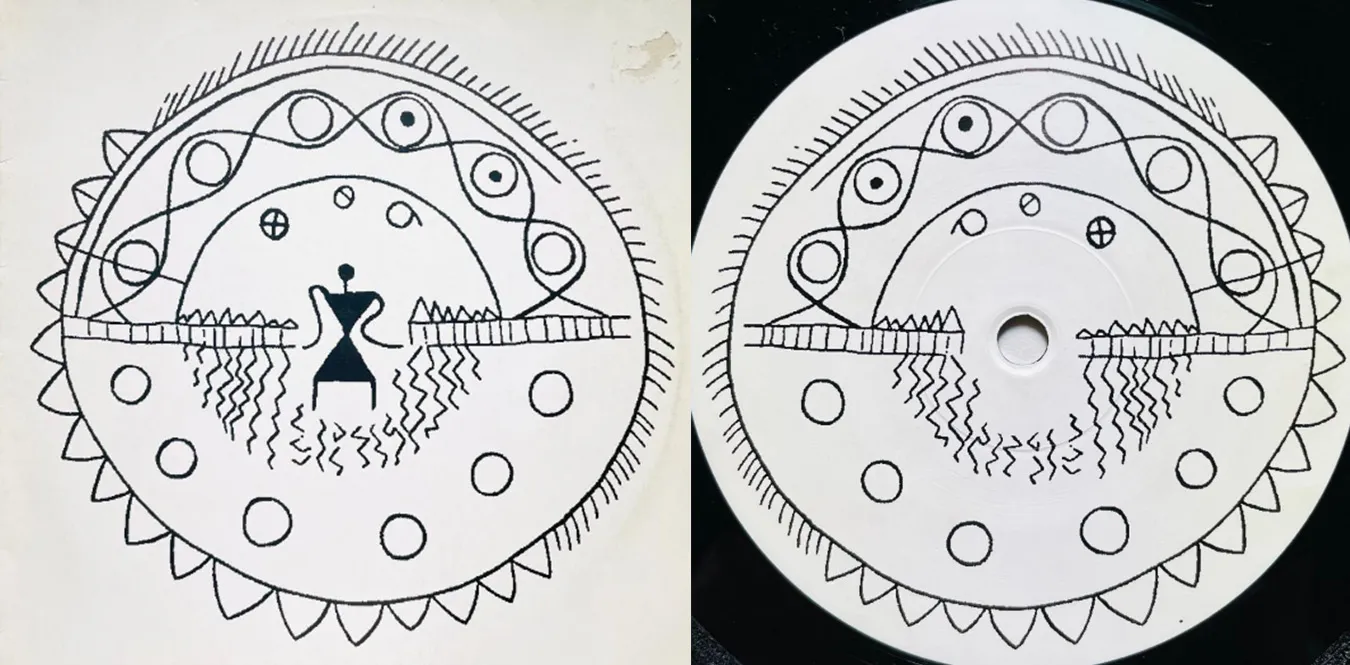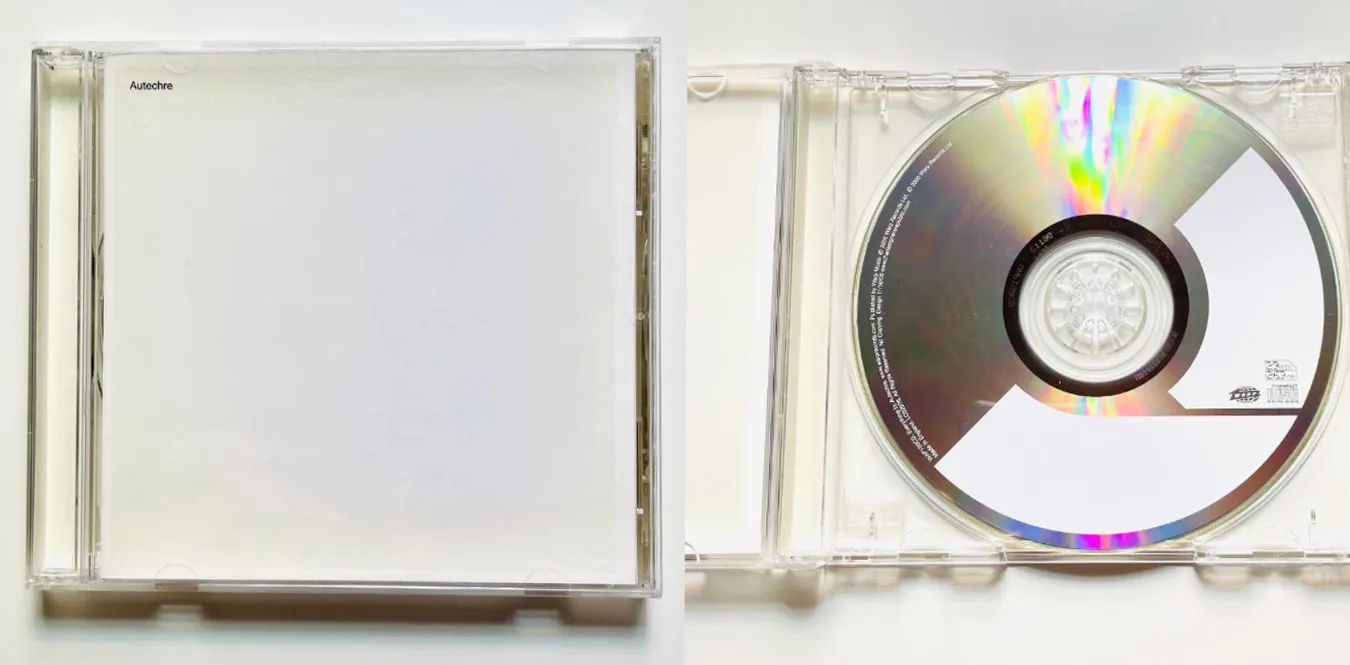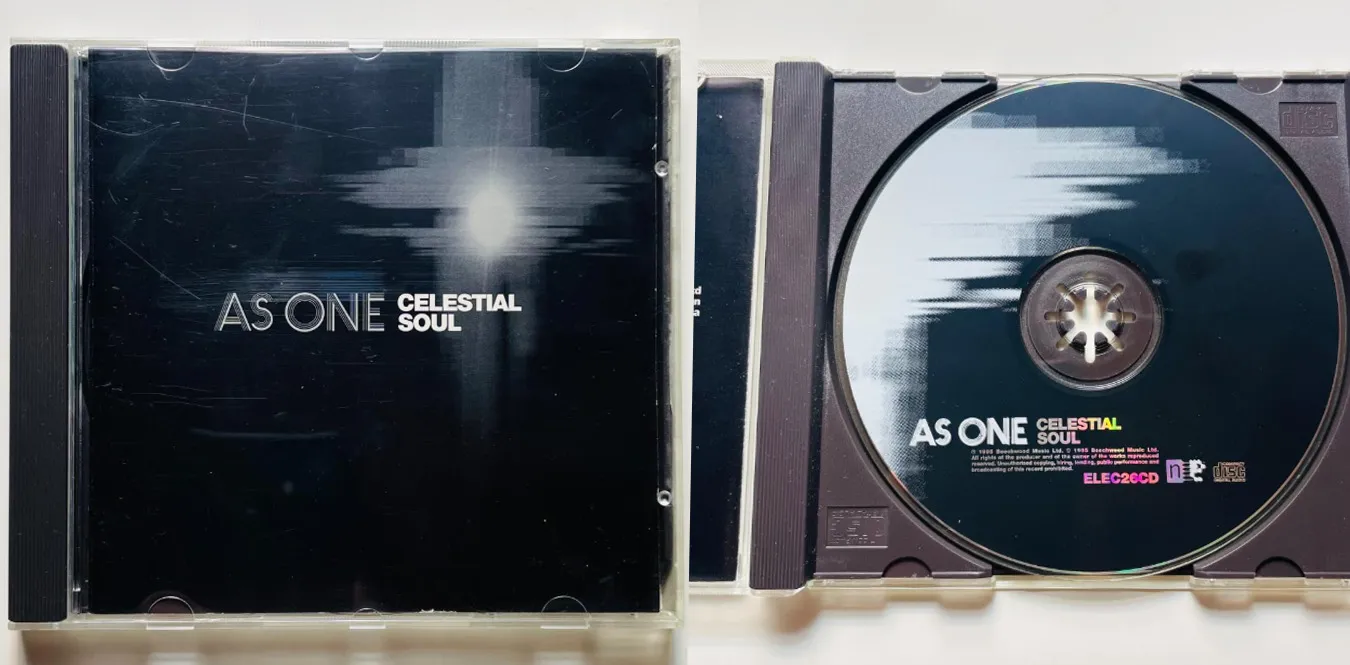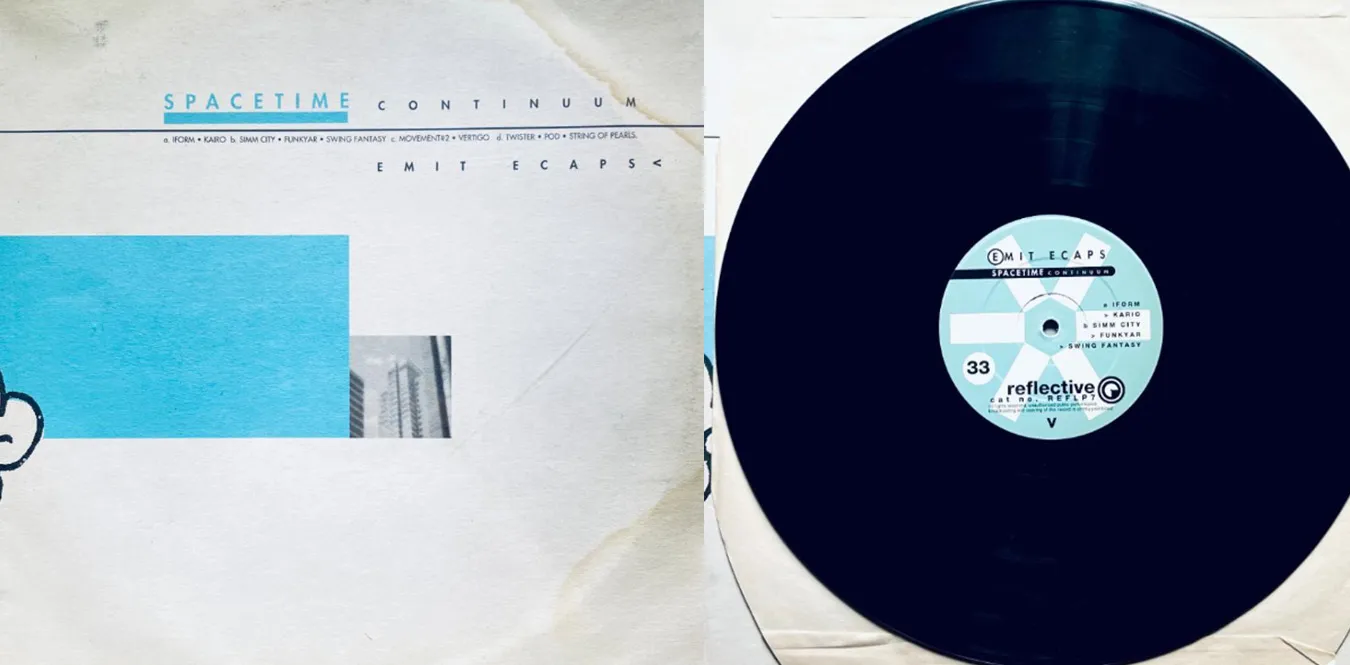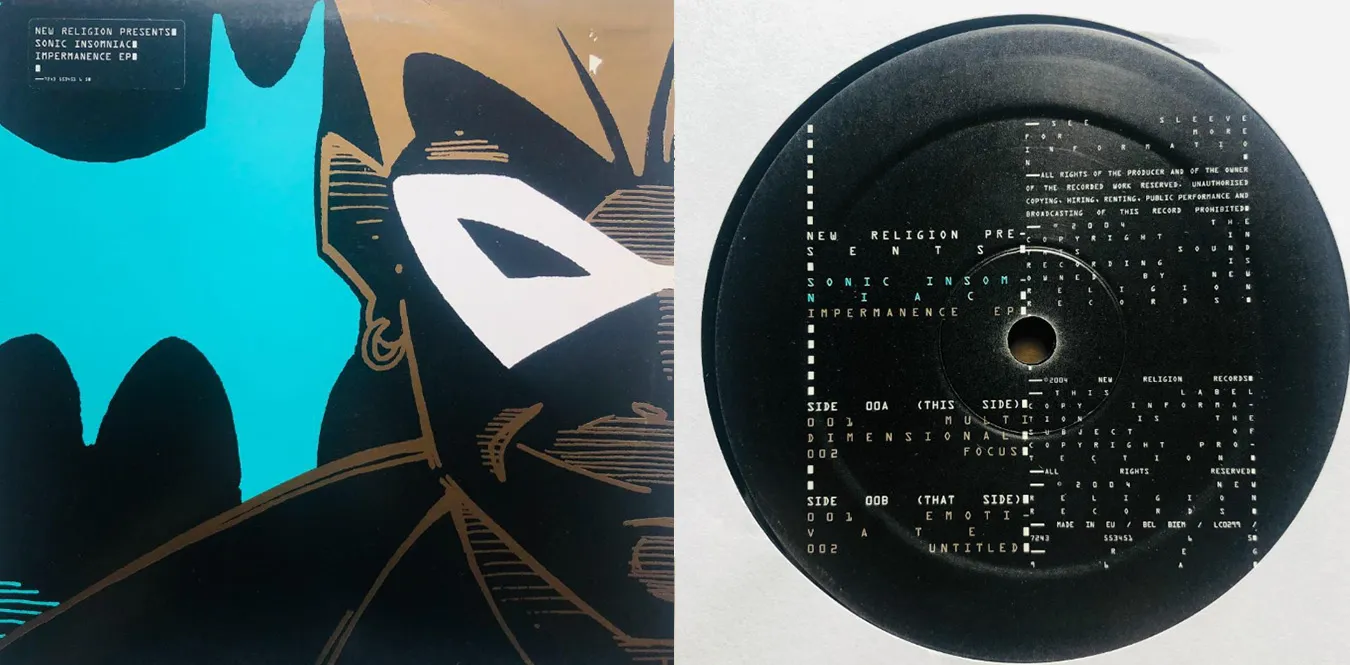[Column] Autechre: Beyond structure — Acoustic architecture after techno
Column en Ambient IDM Techno![[Column] Autechre: Beyond structure — Acoustic architecture after techno](/../assets/images/column-autechre.webp)
Prologue: Organic in the inorganic
| Text: mmr | Theme: Autechre by Sean Booth and Rob Brown. Tracing the evolution of its acoustic structure, technological innovation, and cultural-historical significance |
Autechre is more than just an electronic music duo. Their sound is both mathematical and raw. It looks cold and leaves a somewhat human roughness. Sean Booth and Rob Brown, two young men who met in north Manchester, set out on a path to redefining the very structure of sound, using hip-hop and engineering curiosity as starting points.
In the early 1990s, Autechre stood out in Warp Records’ Artificial Intelligence series. They were searching for a way to ““convert mechanical sounds into emotion.’’ Sean Booth later said in an interview:
“Techno for us is not about eliminating emotion, but expressing it through structure.”
Chapter 1: Origin and Initial Impulse — From the Eve of Rephlex to
Sean Booth and Rob Brown were both born in the 1970s. As a boy, he began composing his own songs using tracker software (such as OctaMED) on an Amiga computer. Their musical roots lie in Public Enemy, Electro Funk, and B-Boy culture. The name Autechre was initially rumored to be an abbreviation for “Audio Architecture.”
His early work, Incunabula (1993), has the scent of the early days of IDM, where melodies still remain. The follow-up, ““Amber’’ (1994), captivated many listeners with its lyricism and spatiality. Combining an analog synthesizer (Roland SH-101, Oberheim Matrix-6) and a digital sampler, they created a space between human and machine.
“We didn’t forget about the dance floor. We just wanted to reimagine why our bodies move.”
Chapter 2: The era of acoustic deconstruction — “Tri Repetae” and the collapse of minimalism
In 1995, Autechre reaches a turning point. ““Tri Repetae” is the first ““structural experiment” album that breaks through the framework of IDM. The rhythm collapses, and the sound layer becomes as hard as a steel plate. They treated drum machines (Roland R8, Nord Lead) as raw material, incorporating errors and noise into the grammar of their music.
The inorganic cover design by The Designers Republic also perfectly matched Autechre’s sonic world. It was also a “minimalist fusion of sight and sound.”
The release of “Tri Repetae” symbolizes a “sensory re-education” in electronic music. The question ““What is rhythm and what is music?’’ is revealed for the first time here.
Chapter 3: Mathematics and Emotions — From “Chiastic Slide” to “LP5”
In 1997-1998, Autechre progressed to more complex structures. Chiastic Slide (1997) is an experiment in polyrhythm and repetition. LP5 (1998) is constructed like a sound sculpture. Of particular note is the live programming with Nord Modular and MPC1000. The method of changing data in real time became the prototype for later algorithmic live music.
Their music has become something to be experienced rather than something to be heard. “Fold 4, Wrap 5” from “LP5” is full of subtle lyricism in its abstractness. It was a rediscovery of emotion hidden behind the coldness.
“Emotions cannot be eliminated. As long as we are human beings.”
Chapter 4: Life inside an algorithm — “Confield” and “Draft 7.30”
2001”s “Confield” was Autechre”s full-fledged introduction of Max/MSP. From this period, they adopted a method in which sounds were automatically generated using a self-made algorithm, and humans intervened. Sean Booth says, ““It’s less about composing and more about coordinating occurrences.’’
“Confield” confused many listeners. Rhythm and melody no longer exist in the traditional sense. However, the more I listen to it, the more a strange ecosystem-like order emerges. In ““Draft 7.30” (2003), the precision of the program was further increased, and the ““intelligence” of electronic music was honed to the utmost.
Chapter 5: Complicit relationship with listeners — Autechre in the live and internet era
Autechre’s live performances completely exclude visual presentation. The lights go out and the stage is dark. The audience will be enveloped in a space of pure sound. This complete inorganic nature is proof that they aim to “dominate the body with sound alone.”
In the 2010s, they released the AE_LIVE series. The sounds that the program improvised were recorded as they were, and different structures were presented for each city. Furthermore, “NTS Sessions 1–4” (2018) is a masterpiece that is over 8 hours long. This is a monumental achievement in which Autechre has built a “universe of acoustic algorithms.”
“Improvisation is also about borrowing the thinking of a program.”
Chapter 6: The Far North of Ambient Music — After “SIGN” and “PLUS”
In 2020, Autechre presents a new chapter of the two-disc set. “SIGN” and “PLUS”. The warm melody that faintly reminds me of early Autechre memories has returned. Amidst the algorithmic precision, there is a tranquil, organic fluctuation.
Among listeners, it is often said that “Autechre redefined Ambient.” The tracks on ““SIGN” sound like a machine learning ““silence.” Their sound is always walking the middle ground between the future and nostalgia.
Chapter 7: Autechre Genes — Influenced and Influenced
Along with Aphex Twin and Squarepusher, Autechre’s influence has been deeply etched in the design philosophy of electronic music since the 21st century. Artists influenced by them include Alva Noto, Ryoji Ikeda, and Oneohtrix Point Never. Both of them explore the boundaries between “structure and emotion” and “algorithm and poetry.”
Autechre has functioned as a device that asks questions such as ““What is composition?” and ““What is a human being?” as technology advances. Even after the term IDM has been exhausted, Autechre continues to leave its ““intellectual genes’’ in modern music.
Final chapter: The future of sound, the future of listening
Autechre’s music is not intended to be understood. It restructures the listener’s perception and expands the very concept of sound. Their existence preceded the question, “What is human creation?” in the age of AI.
“Humans may be using machines to listen to unknown parts of their brains.”
Autechre is still exploring the possibilities of sound beyond structure.
Chronology of activities
Discography
| Year | Title | Release | Link |
|---|---|---|---|
| 1993 | Incunabula | Warp Records | Amazon |
| 1994 | Amber | Warp Records | Amazon |
| 1995 | Tri Repetae | Warp Records | Amazon |
| 1997 | Chiastic Slide | Warp Records | Amazon |
| 2001 | Confield | Warp Records | Amazon |
| 2003 | Draft 7.30 | Warp Records | Amazon |
| 2010 | Oversteps | Warp Records | Amazon |
| 2018 | NTS Sessions 1–4 | Warp Records | Amazon |
| 2020 | SIGN | Warp Records | Amazon |
| 2020 | PLUS | Warp Records | Amazon |
List of technology and equipment used
| Categories | Equipment/Software | Notes |
|---|---|---|
| Synthesizer | Nord Lead, Roland SH-101, Oberheim Matrix-6 | Frequently used in early works |
| Sampler | Akai MPC1000, Ensoniq EPS | The heart of beat construction |
| Software | Max/MSP, Kyma, Ableton Live | Homemade algorithm generation |
| Drum machine | Roland R8, Elektron Machinedrum | Realizes complex beat structures |
| Production philosophy | Automatic generation + human intervention | “Control through Chaos” practice |
Autechre keeps asking questions
“What is music? Can structure transcend emotion?” The journey to find the answer is far from over.
Related columns
🔗 [Column] The Golden Age of UK Techno
🔗 [[Column] What is ambient music? A philosophy of “sounds that exist” rather than sounds that are heard] (https://monumental-movement.jp/Column-Ambient)
🔗 [Column] Ambient: From “listening music” to “feeling music” II

![[Column] The birth of DUB music and the expanded universe - a revolution that began with the reconstruction of acoustics](/../assets/images/column-dub-universe.webp)
![[Column] Recondite and forest bathing - When techno returns to the forest](/../assets/images/column-recondite-forest.webp)
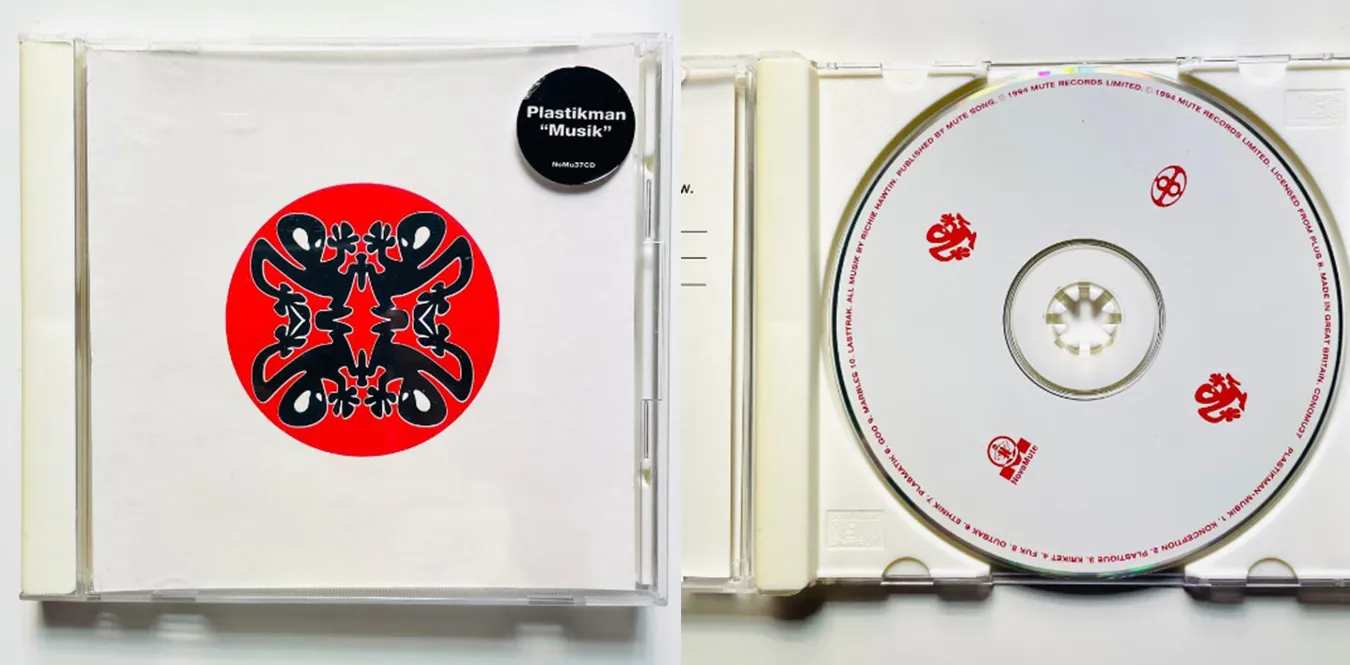
![[Column] Aphex Twin's early days and present day -- beyond the critical point of electronic music](/../assets/images/column-aphex-twin-evolution.webp)
![[Column] Susumu Yokota — A universe in silence: A landscape of the soul drawn by electronic sounds](/../assets/images/column-susumu-yokota.webp)
![[Column] Haruomi Hosono - Traveler of sound, quiet innovation that transcends the times](/../assets/images/column-haruomi-hosono.webp)
![[Column] Changes in the Eurorack modular synthesizer and its influence on the music scene](/../assets/images/column-eurorack-module.webp)
